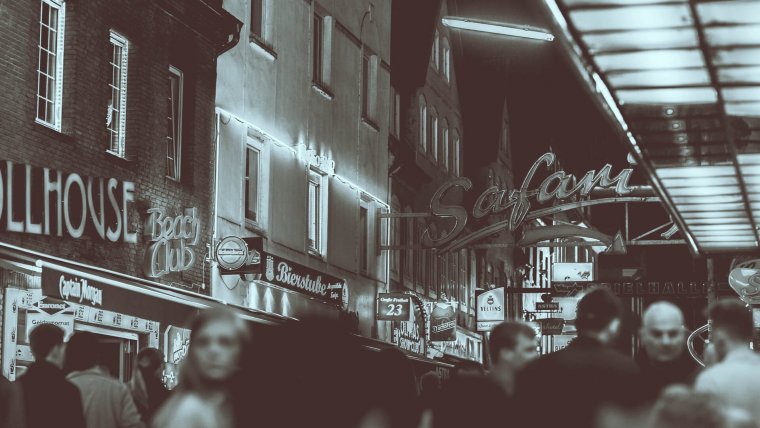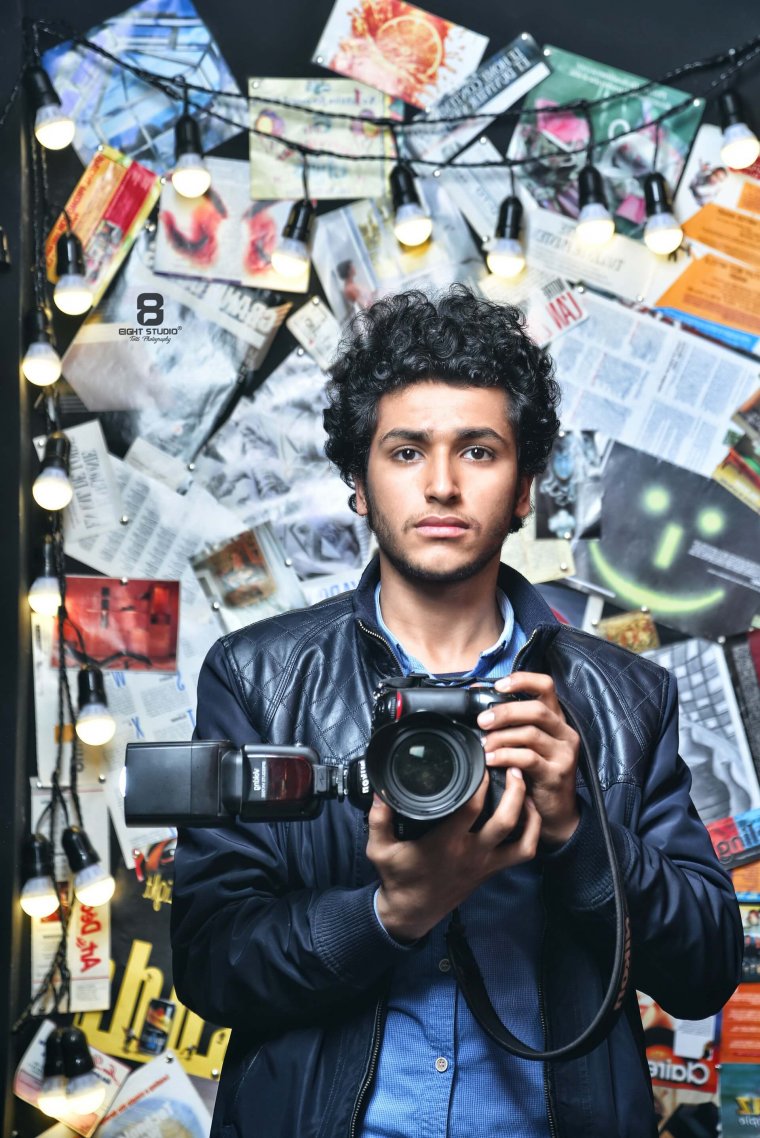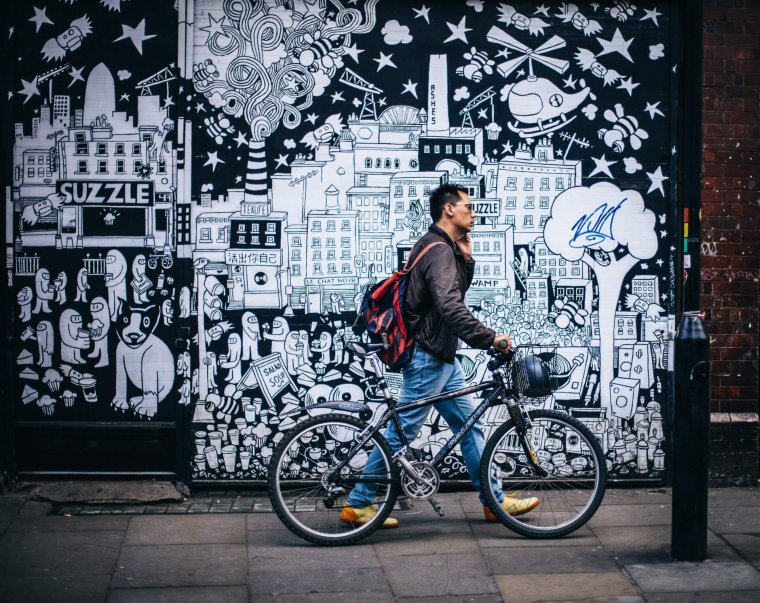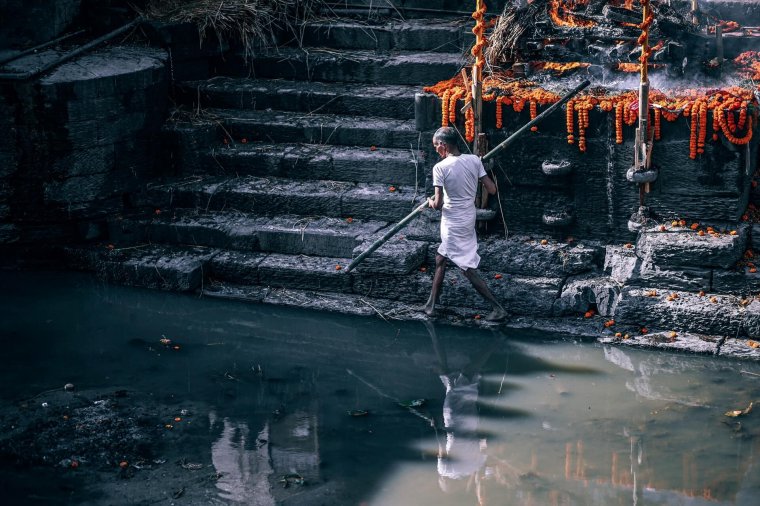
Documentaries have always been a fun part of learning history, a story, or simply telling a story. As photographers, we have the power to do this through our images and edits. Many photographers don’t show much interest in the topic due to its demands in skill set and having an eye for the right thing. However, I believe it’s a pretty simple thing to achieve once you’ve followed the tips outlined in this article. If you’re a fan of documentaries like myself, you have an idea the role they play in educating those who are interested. Same thing applies to Documentary Photography as they serve a purpose of educating the viewers on significant events that may have taken place. This also aids in making your images timeless for generations to see.
Table of Contents
Historical photos are a powerful way to visualize meaningful stories and historic events. Fortunately, creating quality documentary photography isn’t as intimidating as you think. We’ll show you how to compose and capture powerful moments through this specific photography medium.
If you’re a fan of film documentaries, then you already have a solid understanding of the important role they play in educating those who are interested in a certain topic.
The same concept applies to documentary photography. These images can help educate audiences on significant events and situations that compose human history. The power of these images also adds timeless appeal to your photography, ensuring that it resonates across generations. The best documentary photography captures real people and real moments in time, freezing them within their historical context while also revealing their depth and humanity.
Documentary photography is a specific genre that seeks to present a straightforward, unvarnished account of people, places, and events, many of which are important from a historical perspective. While many different types of photos can fall under the umbrella of documentary photography, this type of work generally has a message that’s social, historical, or political in nature.
Documentary photography shares some characteristics of photojournalism, but where the photojournalist focuses on capturing newsworthy events as they occur, the documentary photographer typically takes a more ongoing approach to capturing a particular social, cultural, or political phenomenon. This approach is common with travel photography, or the type of photography one might see in National Geographic. It’s helpful to think of the difference between the nightly news and a documentary film on a particular subject. The documentarian typically goes deeper into a single subject than the journalist.
Taking powerful and effective documentary photographs may be easier than you think! Here are some tips to keep in mind as you snap your shots.
Most documentary photography has a message – and it’s often a tool used to effect social change. Maybe these photographs bring to light a particular injustice or illustrate the everyday life of marginalized populations, for example. Before you start snapping a collection of documentary photos, it’s important to understand what you want to say with your work. That message often comes from research.
You may find it helpful to begin by making a list of all potential topics you’re interested in capturing. Then you can whittle down the list to a topic that’s most feasible and meaningful.
Within your topic of interest, find out who the major players are and how you’d like to capture them in your photographs. Know everything you possibly can about the social or cultural issue you’d like to convey so that you can develop and convey your unique point of view. Bottom line: You should know your subject matter inside and out, and you may even want to outline a sample narrative that you’d like your photography to follow.
An additional research element includes compiling a list of the shots you think you’d like to take. Of course, you’ll need to be flexible and prepared to follow a story or event as it naturally unfolds, but having a list of potential images to start from can help structure the way you capture images. You can think about vantage points, potential images and subjects, angles, and more.
It may help to study the work of well-known documentary photographers, such as Walker Evans, John Thomson, Joel Meyerowitz, or Vivian Maier to get a good understanding of how a powerful and evocative image is composed. When you’re in the moment, you’ll have a better idea of what to look for to result in the image you want to convey. You may even look into the work of other documentary photographers about the very issue you want to photograph. You can learn a lot from how the subject has previously been approached and presented.

The greatest power of documentary photography may lie in its ability to capture and convey the emotions associated with a particular issue. This is especially true if you are trying to capture a certain political decision or cultural movement, the faces, body language and overall emotions of your photography subject can profoundly convey your message.
As you frame and capture an image, you should try to be as invisible as possible so that you are capturing your subjects without artifice or the chance to pose for the camera. You might need to keep your distance to ensure you’re capturing genuine emotion. Subjects often have the tendency either to avoid the camera or to perform for it if they know a documentary photographer or photojournalist is nearby.

It’s important to remember that when you’re shooting your documentary project, you have no control over the circumstances you’re capturing. This is not a photo shoot that you can stage and direct. Instead, you have to wait for the right person. The right moment. The right circumstances that tell the story you’re passionate about. Good documentary photography takes extreme patience. You can’t just show up at a site and expect the story or image you want to fall into your lap. The bright side is that the feeling you get when you capture a photograph of just the right facial expression or moment makes all the waiting worthwhile.

Another way to say this is, “don’t be boring.” Instead of making every photograph a general overview of the situation, provide a variety of perspectives. Include some close-up portrait photography that illustrates the emotion of the moment. Find interesting and unusual angles and vantage points from which to capture your subject matter – this is mobile photography at its very best.
The combination of perspectives gives the illusion of multiple cameras, multiple photographers, and even multiple witnesses to moments in history. Providing multiple vantage points also offers a more comprehensive and complex image of the particular issue you’re exploring. Providing multiple perspectives, overall, makes your photographic series more compelling and more impactful for your ultimate audience.

Good documentary photography doesn’t happen by accident. No matter how talented you are, you still can benefit from lots of practice. Spend as much time as you can on your craft, experimenting, and looking for ways to improve. Review every photograph after a day of shooting. Pick your favorites and show them to others to get constructive feedback on how to improve. They may have insight or bring forward questions that hadn’t occurred to you.
Remember, as a documentary photographer, your goal is to capture authentic people and events, not to shape them. That means that you don’t control the set, the circumstances, or the action. You must be prepared to follow your subjects when and where their actions naturally take them.
Naturally, most photography subjects will be hesitant and maybe even suspicious of you when you begin your work. But the more they get to know you, and your vision for your documentary project, the more comfortable and relaxed they will become in your presence.
This can’t help but heighten the honesty and authenticity of your work, even if you make every attempt to blend into the background and downplay your presence. The more your subjects trust you, the more likely they are to show their true selves in front of your camera – which leads to a more compelling and honest story through your photographic series.
A good rule of thumb is to take many, many photos – many more than you think you’ll need. As you look at your previous work, future shots and perspectives will begin to take shape. The more shots you snap, the more you’re informing your future work. Start capturing images as fast as you can; don’t wait until your research is complete to begin snapping shots. As your research and your work unfold in tandem, you can course-correct and implement new approaches where necessary.
Some will offer that the key quality of a good documentary photographer is honesty – providing a raw, unvarnished image of a particular issue or even a scene from everyday life. If you’ve done your research, made your outline, and have a good idea for the story you want to tell, you should be able to assemble your photographic series so that ultimately it conveys the impact you’re looking for.
It’s always a good idea to study the work of the experts who came before you, and thankfully there is a wide collection of powerful works from documentary photographers. If you love nature photography, you may study the work of Ansel Adams, whose black and white photography of natural settings is widely known. Or there’s Henri Cartier Bresson, who pioneered the art of street photography, documenting powerful moments in real life.
If you’re interested in how marginalized populations are represented, study the work of Mary Ellen Mark, who, in her own words, steered her work “away from mainstream society and toward its more interesting, often troubled fringes.” Check out the works of Alfred Stieglitz, Robert Capa, and Lewis Hine for inspiration. Much of their documentary work had significant power when it came to shining a light on various social, economic, and political situations throughout history. The more you know about the existing work in a particular area, the better informed you are about how you can add to an existing body of art.
Documentary photography is a powerful artistic medium. This style of photography has the potential for powerfully blunt honesty and a unique perspective. It can go a long way toward raising awareness of many issues that may otherwise go unnoticed in mainstream society.
While it may seem daunting at times, producing high quality documentary photography is certainly attainable, no matter if you’re an amateur or professional photographer. Spending time studying existing works, defining your passion around a particular topic, and putting in the time to practice can lead to dramatic photographs that tell an important story.
When it comes time to edit those dramatic photos, you may be interested in how you can enhance their overall effect by using cinematic scenarios Lightroom presets. Feel free to explore how Sleeklens presets will take your documentary photography to the next level.
Comments (0)
There are no comments yet.